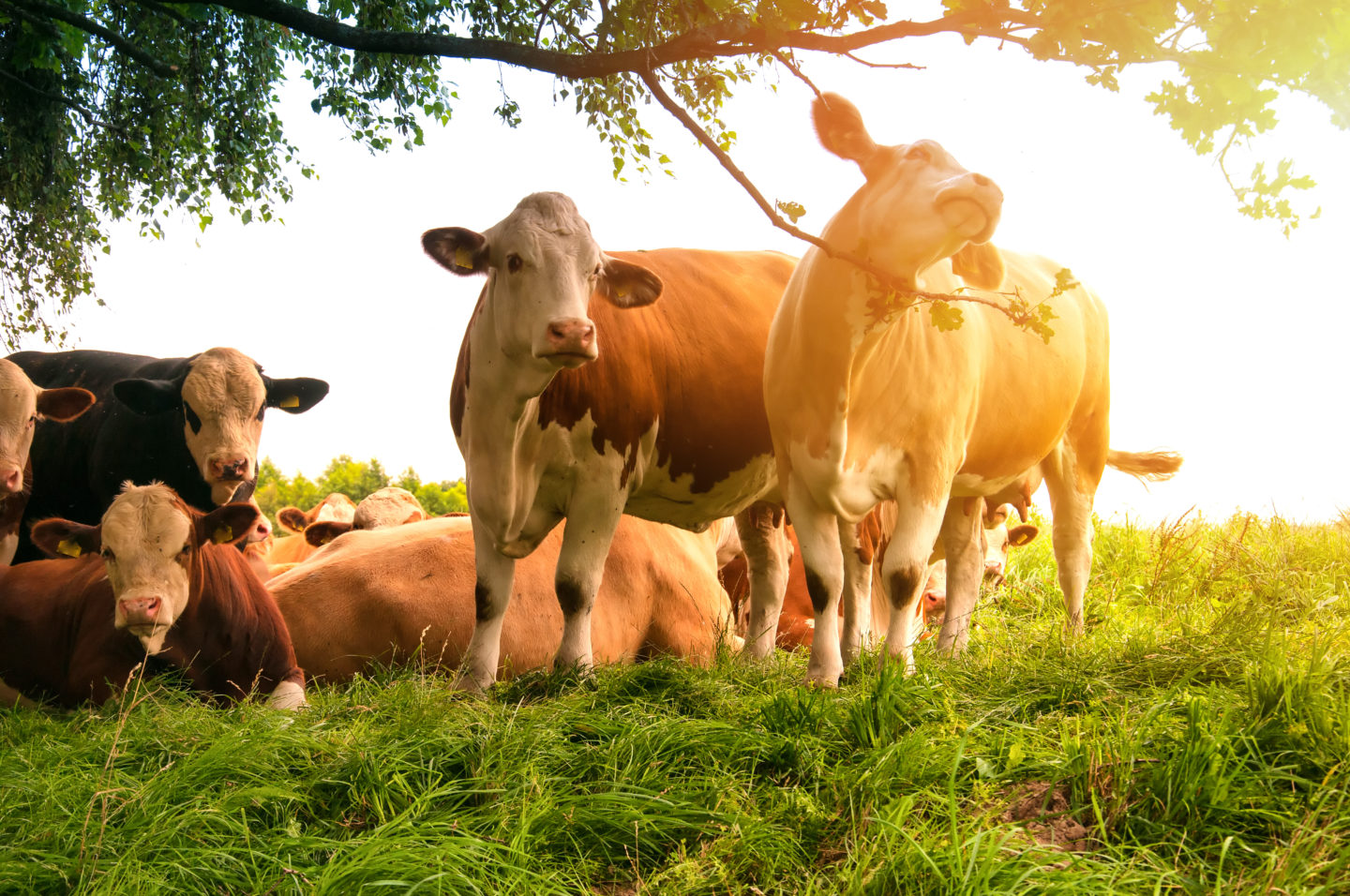Farm Safety

- Read and follow instructors in equipment operation manuals.
- Routinely inspect all farm equipment.
- Discuss safety hazards and emergency procedures with workers.
- Install rollover protective structures, protective enclosures, or protective framses on farm tractors.
- Take advantage of safety equipment, such as bypass starter covers, power take-off master shields, and slow-moving vehicle emblems.
- Be aware that methane gas, carbon dioxide, ammonia, and hydrogen sulfide can form in unventilated grain silos and manure pits, and can suffocate or poison workers.
- Review and follow instructions that come with chemical products.
- Do not allow children to roam freely around the farm.
- Inspect farm regularly for hazards that could be especially dangerous for children.
- Children who physically able and old enough to help on the farm should be assigned to age-appropriate tasks and thoroughly and continually trained. And supervised.
- Be sure to understand some common instincts of animals; they can be unpredictable.
- Keep children, bystanders, and visitors out of livestock handling areas.
- Wear appropriate clothing for working in the heat or in the cold.
- Wear proper protective gear – eye protection, hearing protection, hand protection, and respiratory protection are all things that need to be thought about. Base your selection of protective devices on the hazards presented by the job, and by precautions printed on product labels.
- Always be aware of your surroundings.
Sources: OSHA, National Safety Council, National Ag Safety Database
Links:
National Ag Safety Database: Has some information for Farm Safety for Young Children to help provide some rules and tips to make the farm safer for young children.
Penn State University: Provides some helpful farm safety articles and videos to make you aware of some hazards on or around your farm.